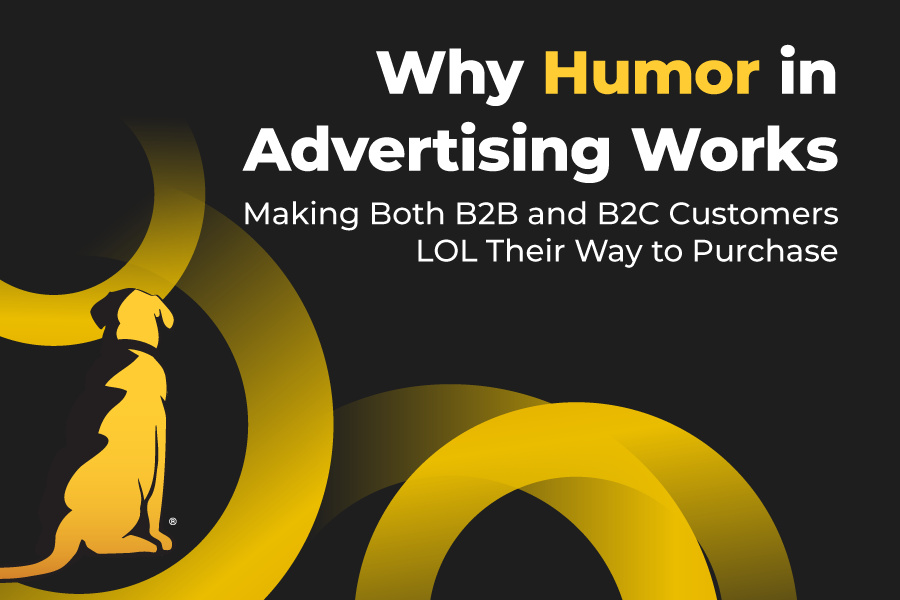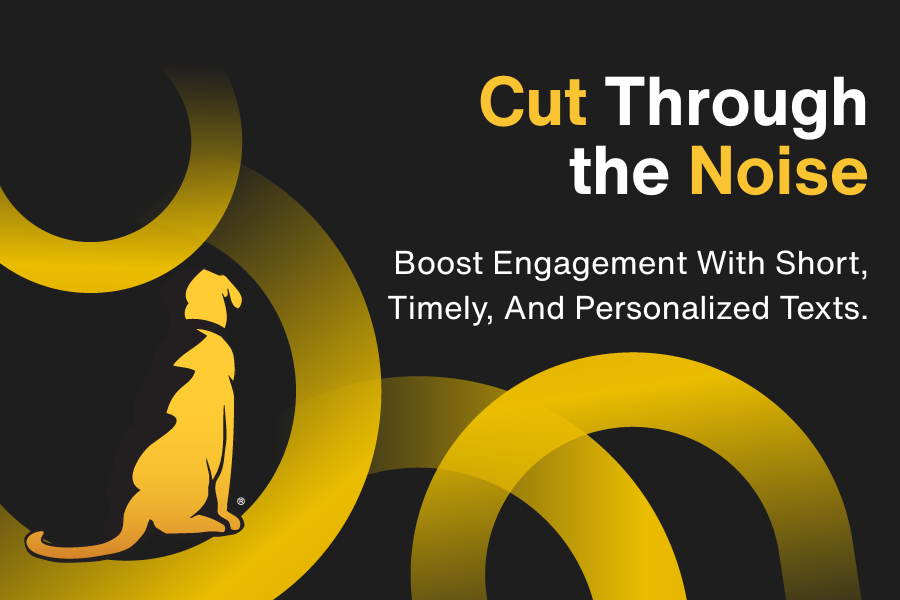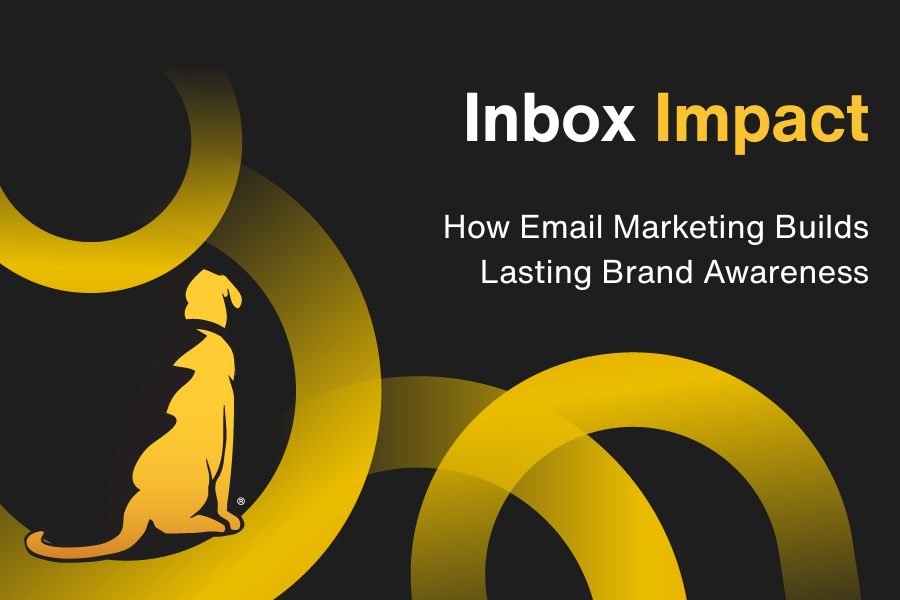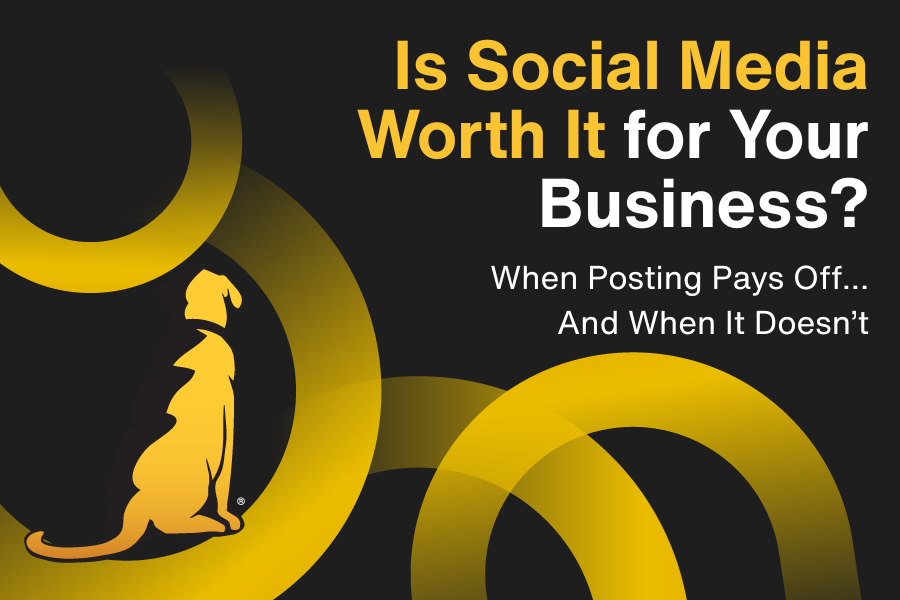Why Using Humor in Marketing Actually Works (Even in B2B)
Let’s face it, nobody wakes up in the morning excited to watch advertisements. Unless, of course, it’s Super Bowl season, when we actually look forward to commercials. Why? Because they’re funny! Using humor in marketing taps into real psychology, and the payoff is not just laughs, but loyalty.
The Science Behind the Snicker
When we laugh, our brains release dopamine and endorphins, the same chemicals responsible for pleasure and happiness. Now imagine associating those feel-good chemicals with your brand. Pretty clever, right? It’s like Pavlov’s dogs, but instead of drooling at a bell, your customers smile when they think of your company.
B2C: Making Consumers Laugh Their Wallets Open
Take Progressive Insurance’s Flo or Geico’s Gecko. They’ve turned something as mundane as insurance into entertainment. The key is finding the universal frustrations or experiences in your industry and poking fun at them. Even better, make fun of yourself first. When Dollar Shave Club launched with their famous video “Our Blades Are F***ing Great,” they weren’t just selling razors, they were making fun of how unnecessarily complicated and expensive the shaving industry had become.
But here’s the real genius: funny ads don’t just entertain, they disarm. When you’re laughing, your natural resistance to sales pitches drops faster than a dad trying to skateboard. You’re more receptive to messages and more likely to remember them. It’s like getting a sales pitch from your funniest friend instead of that pushy cousin who’s always trying to rope you into their latest multi-level marketing scheme.
B2B: Yes, Business People Have a Sense of Humor Too
Contrary to popular belief, B2B doesn’t have to mean “Boring 2 Boring.” Slack’s early marketing campaigns didn’t just focus on features – they created humorous content about the pain of endless email chains and miscommunication. HubSpot regularly uses memes and witty social media posts to connect with their audience of marketers. The key is understanding that behind every business decision is a human being who appreciates a good laugh.
Tips for Adding Humor to Your Marketing (Without Getting Fired)
If you’re wondering how using humor in marketing actually drives results, start by matching your comedic tone to your audience’s pain points and mindset.
The Industry Inside Joke
Build your humor around highly specific pain points in your target industry. The more niche and accurate your observation, the funnier it becomes to insiders. Just like how developers laugh at very specific coding jokes, your audience will appreciate humor that shows you truly understand their world. Ensure your punchlines emerge from genuine expertise.
The Strategic Self-Deprecation
When you poke fun at your own company or industry’s quirks, you demonstrate both self-awareness and confidence. This works particularly well when addressing known criticisms or stereotypes head-on. Show that you don’t take yourself too seriously, but do take your solutions seriously.
The Unexpected Professional
Create contrast between formal business situations and surprising elements. Think of it as the corporate equivalent of a CEO wearing a superhero costume, the humor comes from breaking expected patterns while maintaining professionalism. This contrast helps your message stand out in typically serious environments.
The Character Champion
Develop a memorable character who embodies your brand’s personality while navigating relatable scenarios. This character should feel like a trusted insider who shares your audience’s experiences. Their adventures can create a consistent narrative across multiple campaigns while building brand recognition.
The Technical Translator
Use humor as a tool to simplify complex concepts. Create analogies that compare technical features to everyday situations your audience understands. This makes sophisticated products or services more approachable while demonstrating your ability to communicate clearly.
The Cultural Timestamp
Reference current trends, memes, or cultural moments that your audience follows, but adapt them to fit your industry context. This shows your brand stays current while speaking your audience’s language. Just ensure the references are appropriate and won’t quickly become dated.
The Authentic Amateur
Sometimes, deliberately imperfect or casual content can be more engaging than polished corporate messaging. Think “behind-the-scenes” style humor that feels genuine and relatable. This works especially well on social media where authenticity often outperforms perfection.
The Format Flipper
Take familiar business content formats (like white papers, case studies, or webinars) and give them an unexpected humorous twist. This can make typically dry content more engaging while still delivering valuable information. The key is maintaining the useful content while adding entertaining elements.
Want to explore how humor could fit your brand voice? Let’s brainstorm.






